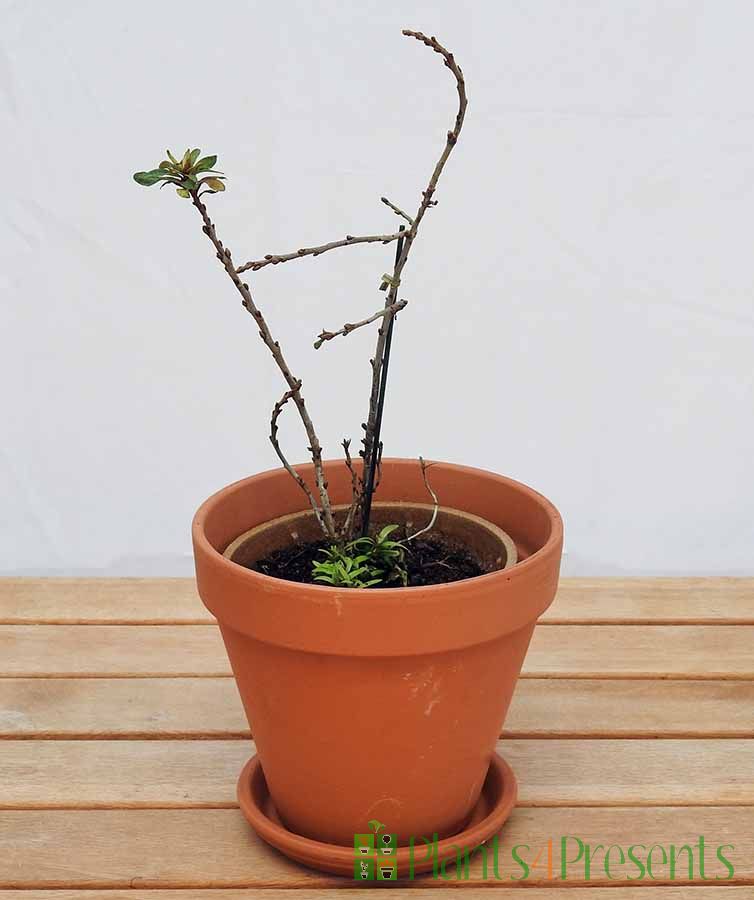Sea Buckthorn
In stock
- NEW for 2025 grow your own unusual Vitamin rich berries
- Hardy young plants that will do best in the garden
- Order by 3pm for next day delivery
We're so excited to introduce these fascinating Sea Buckthorn bushes. A super hardy shrub, native to northern Europe and Scandinavia these delicious, citrus tasting berries are packed full of vitamin C and make a fantastic addition to a gin and tonic.
Strong young plants, being decidous, they are losing their leaves for the winter months now and are not as bushy as pictured -but they are forming next years growth buds already and will fill out tenfold next year. This variety is a female and will need a male Buckthorn bush nearby to produce berries.
Unusual and extremely hardy Scandanavian berry bushes.

These instructions are sent with the plant gift
These slow growing and hardy deciduous shrub are native to northern Europe and Scandinavia, and produce little orange berries packed full of Vitamin C.
Sea Buckthorn have narrow silvery leaves and small yellow flowers in early Spring. If planted nearby to a male pollinator (as they are dioecious), Sea Buckthorn will produce plentiful amounts of little bright orange berries, which can be harvested from mid-August to mid-September. If un-harvested, the berries are a great source of food for birds in the winter months.
A more compact variety, this female shrub will grow to around 2m. As a very tough plant, they aren’t particularly fussy about soil type - moist but well drained is ideal, and in full or partial sun. Water regularly through the warmer months especially in the first couple of years, otherwise once they are older they will need very little watering, as they are drought tolerant plants that grow naturally across sandy shores of the coast and heathlands.
Feed your Sea Buckthorn with a balanced fertiliser once a month through the growing season for the first few years whilst it gets established. Be aware that these plants spread by new suckers, so you may need to keep them potted to reduce them. Its best to prune your plant in late winter, before any new spring growth - removing any overcrowded or overgrown branches.
Problem solving:
Typically Sea Buckthorn are resistant to pests and disease, but occasionally aphids may trouble the plant. Soak the plant in soapy water whilst in the shade a couple of times a week to remove them.






